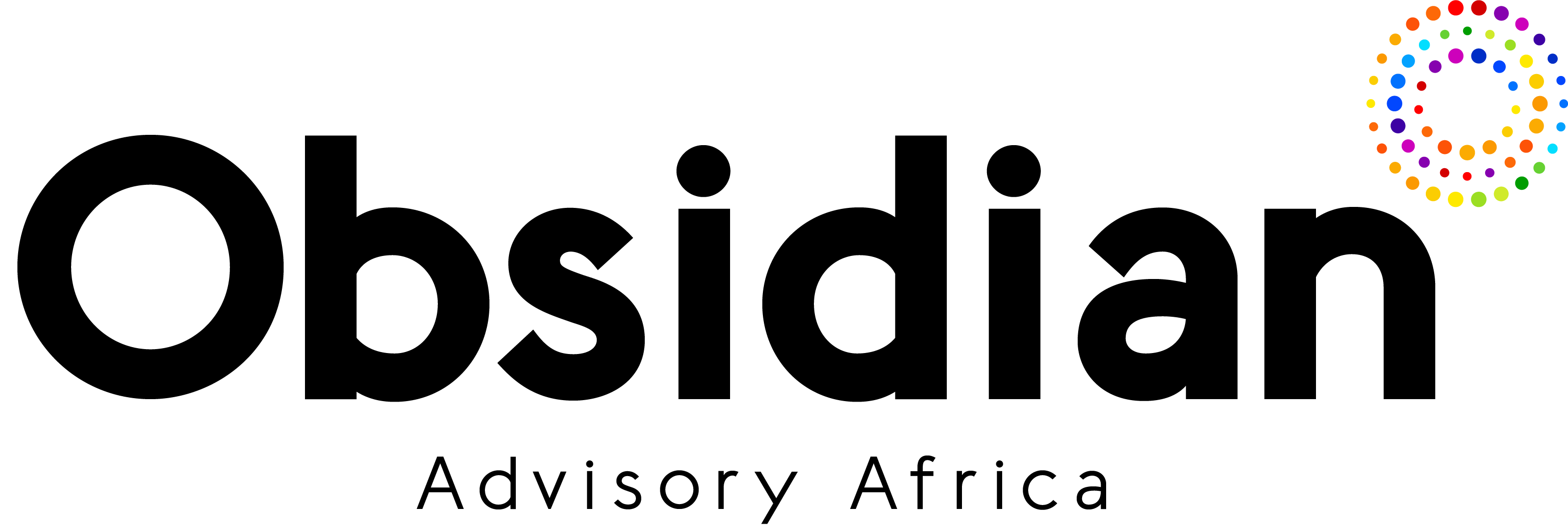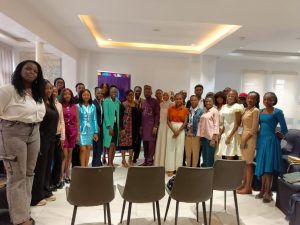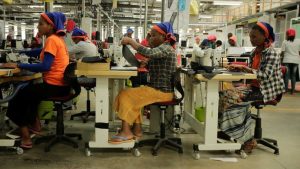- Blog Posts
- April 23, 2024
NAVIGATING INCOME POLICIES IN THE NIGERIAN FASHION INDUSTRY: INSIGHTS AND STRATEGIES FOR SUCCESS

Introduction:
In the world of the Nigerian fashion industry, understanding the intricacies of income policies is paramount for businesses seeking sustainable growth and profitability. From government regulations to economic factors and market trends, various elements shape income generation within the industry. In this article, we explore the multifaceted aspects of income policies and offer actionable insights for fashion entrepreneurs and stakeholders.
Government Policies and Regulations:
Government policies play a significant role in shaping the operating environment for businesses in the Nigerian fashion industry. From taxation policies to import/export regulations, trade agreements, and industry-specific legislation, policymakers wield considerable influence over income generation within the sector. For instance, recent changes in tax laws have implications for businesses’ profit margins and financial planning, while trade agreements impact the availability and cost of raw materials and finished goods.
Impact of Policy Changes:
Policy changes can have far-reaching effects on income generation within the Nigerian fashion industry. For example, shifts in import/export regulations may disrupt supply chains and affect production costs, while changes in taxation policies can impact businesses’ bottom line. Moreover, industry-specific legislation, such as standards for product labelling and safety, can influence consumer trust and purchasing decisions. By staying abreast of policy developments and understanding their implications, fashion businesses can adapt their strategies and mitigate potential risks.
Economic Factors Influencing Income:
The Nigerian fashion industry operates within a broader economic context shaped by various factors, including inflation, exchange rates, and economic downturns. Fluctuations in currency values, for instance, can impact the cost of imported materials and affect businesses’ pricing strategies. Similarly, periods of economic instability may lead to changes in consumer spending patterns, influencing demand for fashion products and services. By monitoring economic indicators and adapting their strategies accordingly, businesses can navigate economic challenges and capitalize on opportunities for income generation.
Income Disparities and Social Inequality:
Income disparities and social inequality pose significant challenges within the Nigerian fashion industry. Gender wage gaps, for example, persist across various sectors and roles, limiting economic opportunities for women in the workforce. Additionally, marginalized groups face barriers to entry and advancement within the industry, perpetuating social and economic inequalities. To address these issues, stakeholders must prioritize diversity, equity, and inclusion initiatives, fostering a more equitable and inclusive environment for all.
Market Trends and Consumer Behavior:
Understanding market trends and consumer behaviour is essential for fashion businesses seeking to optimize income generation. The rise of sustainable fashion, for instance, reflects a growing consumer preference for ethically produced and environmentally friendly products. Similarly, the increasing influence of social media on purchasing decisions underscores the importance of digital marketing and engagement strategies. By aligning their offerings with evolving consumer preferences and market trends, businesses can enhance their competitiveness and drive income growth.
Technological Innovations and Income Generation:
Technological innovations play a transformative role in income generation within the Nigerian fashion industry. E-commerce platforms and digital marketing tools offer businesses new avenues for reaching customers and driving sales. Data analytics enable targeted marketing campaigns and personalized customer experiences, enhancing sales conversion rates and customer loyalty. By embracing technology and innovation, fashion businesses can unlock new income streams and gain a competitive edge in the marketplace.
Collaborations and Partnerships:
Strategic collaborations and partnerships are essential for expanding market reach and driving income growth in the Nigerian fashion industry. From supplier relationships to brand collaborations and cross-industry partnerships, businesses can leverage synergies and collective strengths to achieve mutual goals. By forging strategic alliances with complementary businesses and stakeholders, fashion entrepreneurs can access new distribution channels, tap into new customer segments, and capitalize on shared resources and expertise.
Future Outlook and Opportunities:
Looking ahead, the Nigerian fashion industry presents a wealth of opportunities for income generation and growth. With the right strategies and mindset, businesses can navigate challenges and capitalize on emerging trends and market dynamics. By staying agile, innovative, and customer-centric, fashion entrepreneurs can position themselves for success in an increasingly competitive and dynamic industry landscape.
Conclusion:
In conclusion, navigating income policies in the Nigerian fashion industry requires a comprehensive understanding of government regulations, economic factors, market trends, and consumer behavior. By staying informed, adaptable, and forward-thinking, fashion businesses can optimize income generation, drive sustainable growth, and contribute to the industry’s continued evolution and success.



